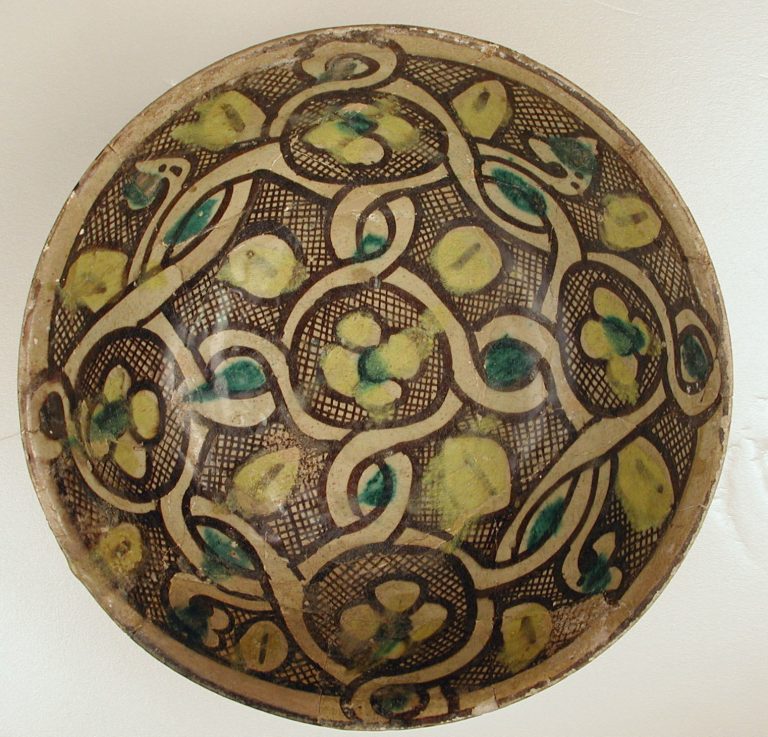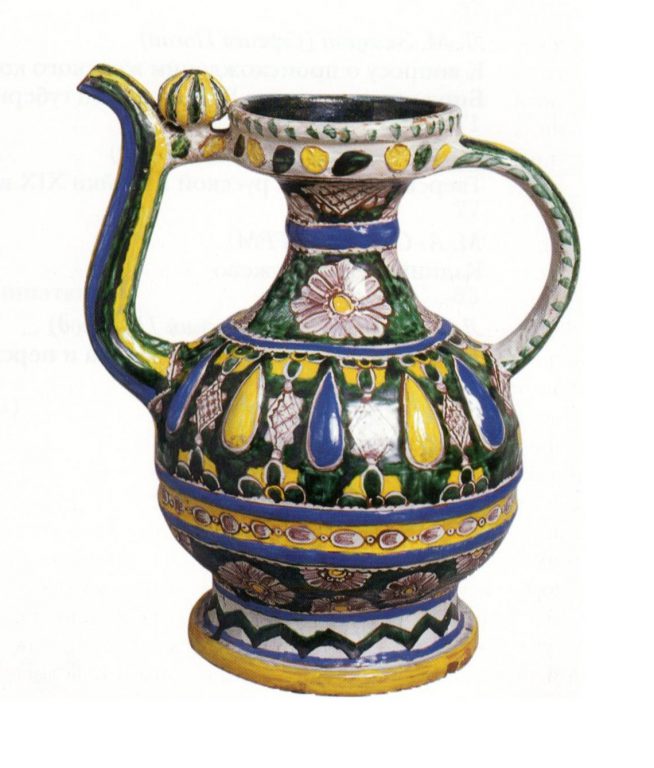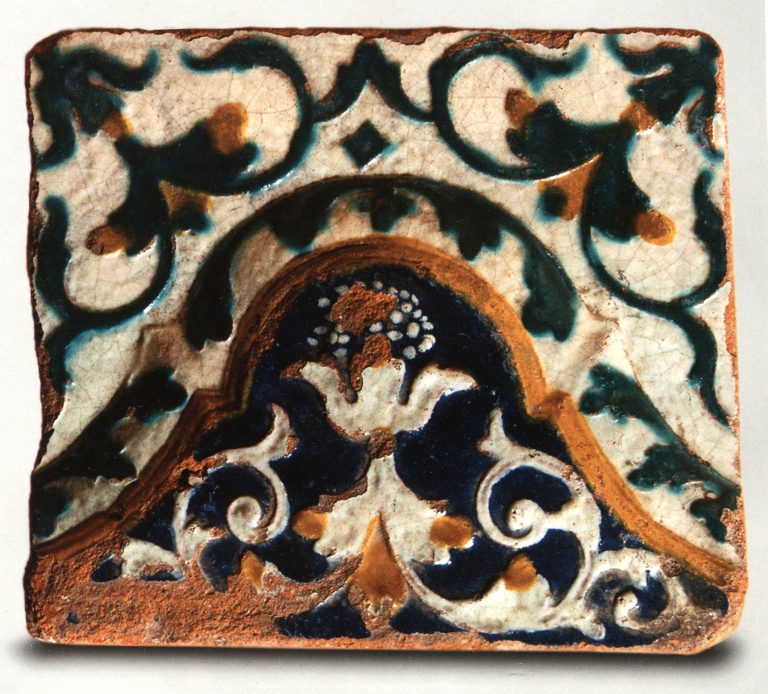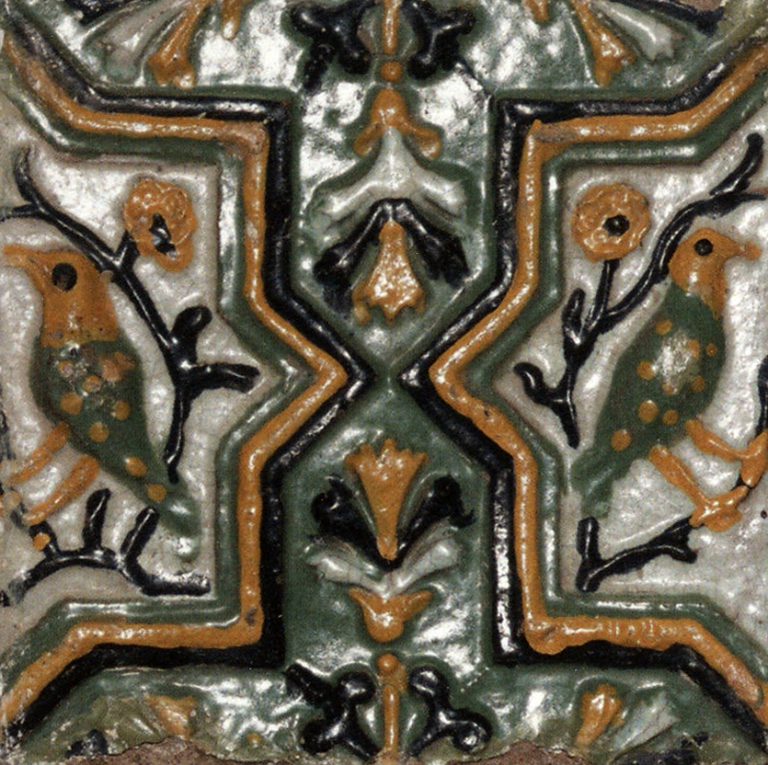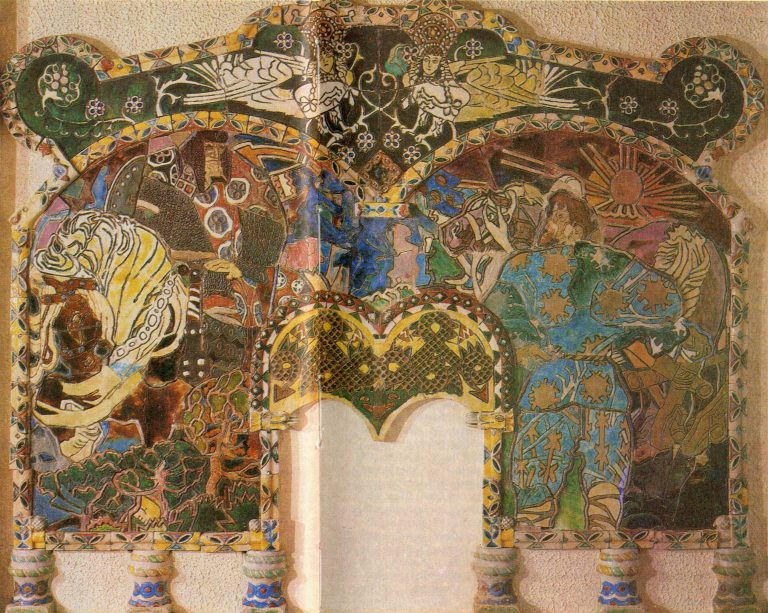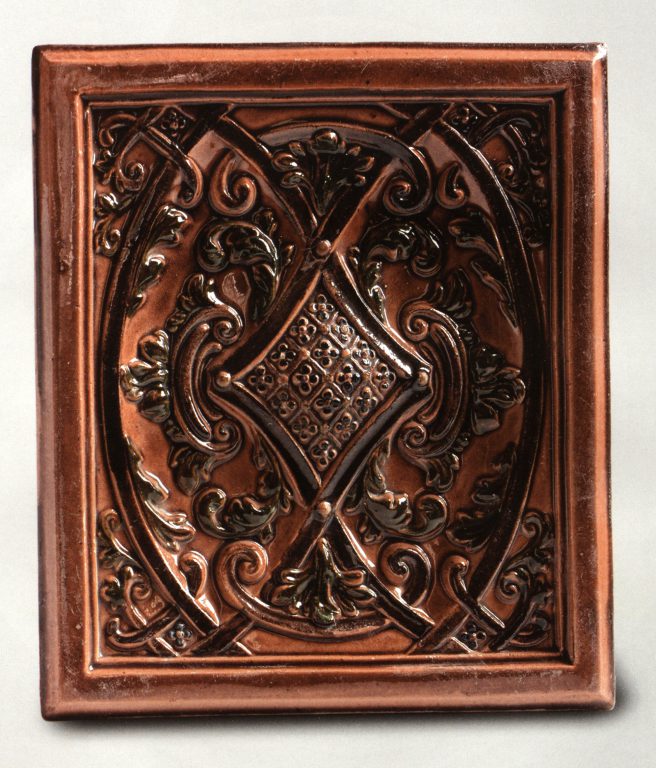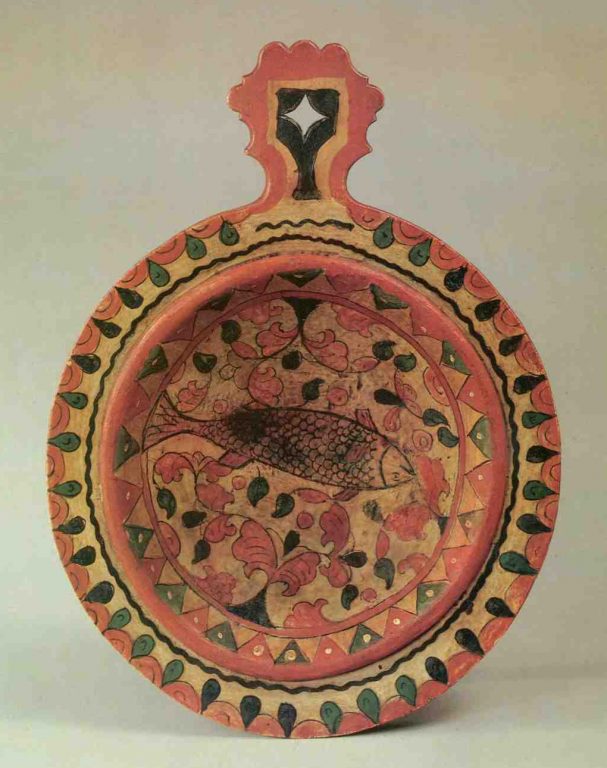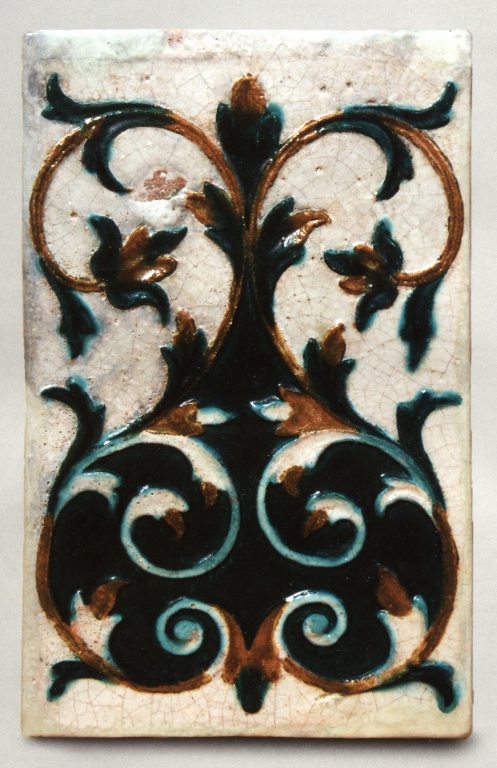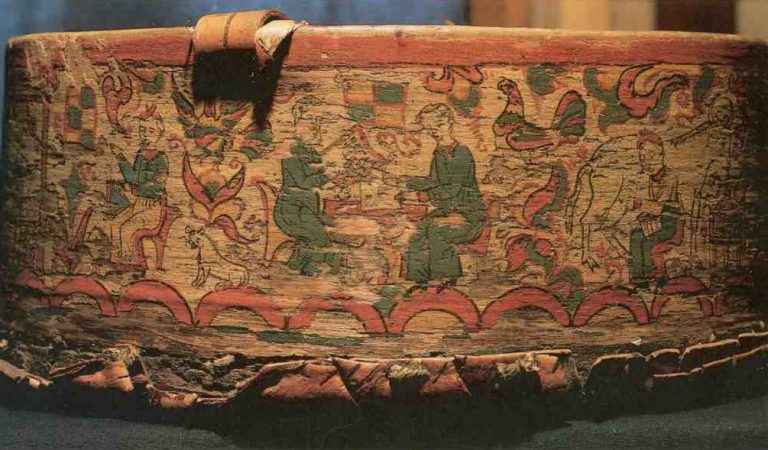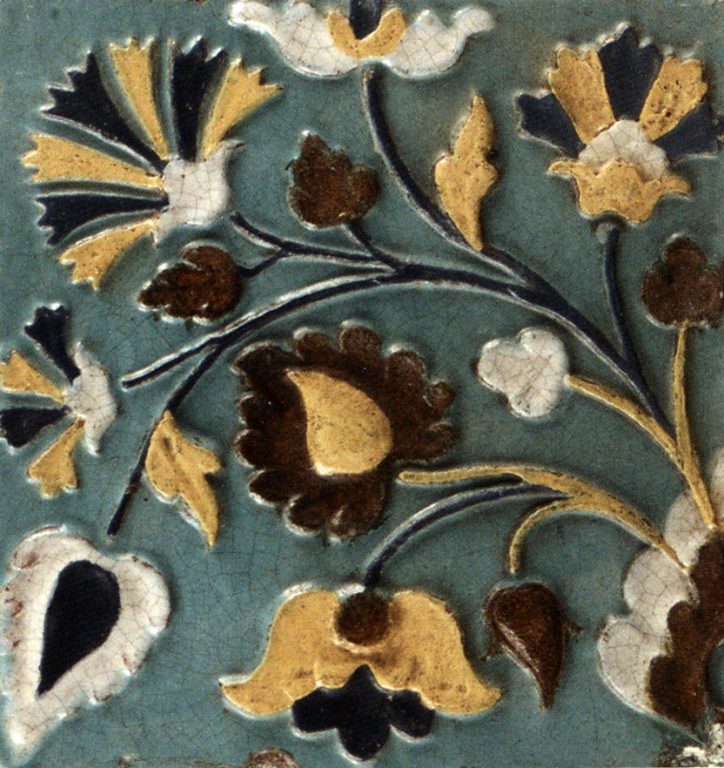

Iran
-
Objecttableware: Bowl
-
Type of arts & crafts
-
MediumEarthenware; polychrome decoration under transparent glaze (buff ware)
-
SizeH. 3 in. (7.6 cm) Diam. 8 in. (20.3 cm)
-
Geography detailsExcavated in
Town Nishapur,
Iran -
Country today
-
Date9th century
-
Type of sourceDatabase “Metropolitan Museum of Art”
-
Fund that the source refers toMetropolitan Museum of Art
-
Among the rich assemblage of ceramics unearthed at Nishapur during the Metropolitan Museum’s excavations was a type that came to be known as “buffware.” This name comes from the buff color of the body fabric itself, usually a brownish-beige clay. Buffware was numerically one of the largest groups of ceramics found at Nishapur, which may have been a primary production center for the type. It has also been found in northeastern Iran and Transoxiana, however.
Buffware is known for its lively color palette – usually black, green and bright yellow – and vibrant decoration, which often covers the entire interior of the vessel. This bowl features a simple but eye-catching design. A pattern formed by interlacing bands in white fills the concave surface, breaking up the space into discrete sections. Flowers and flower petals in yellow and green fill the rings formed by the bands and the spaces in between rings. The background is covered with a tight mesh rendered in black slip. Such interlace decorations appear frequently on the buffware fragments found at Nishapur.


